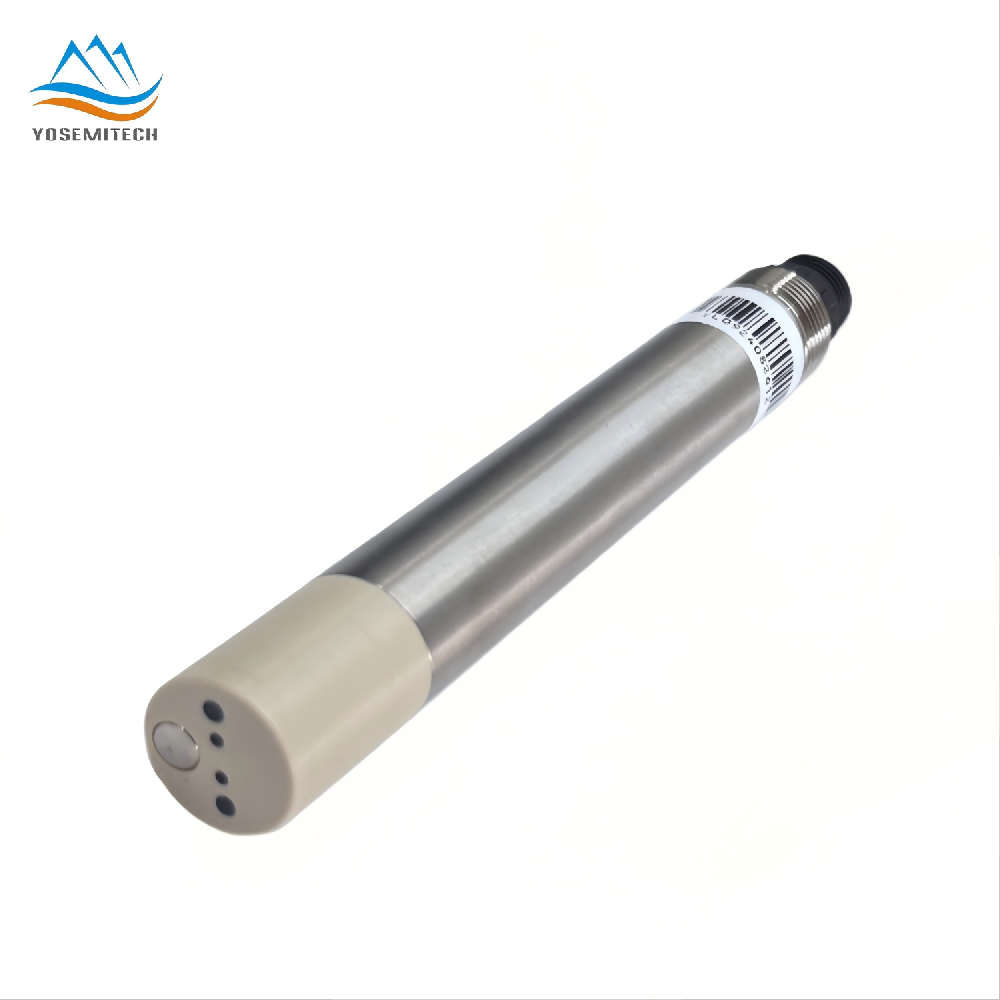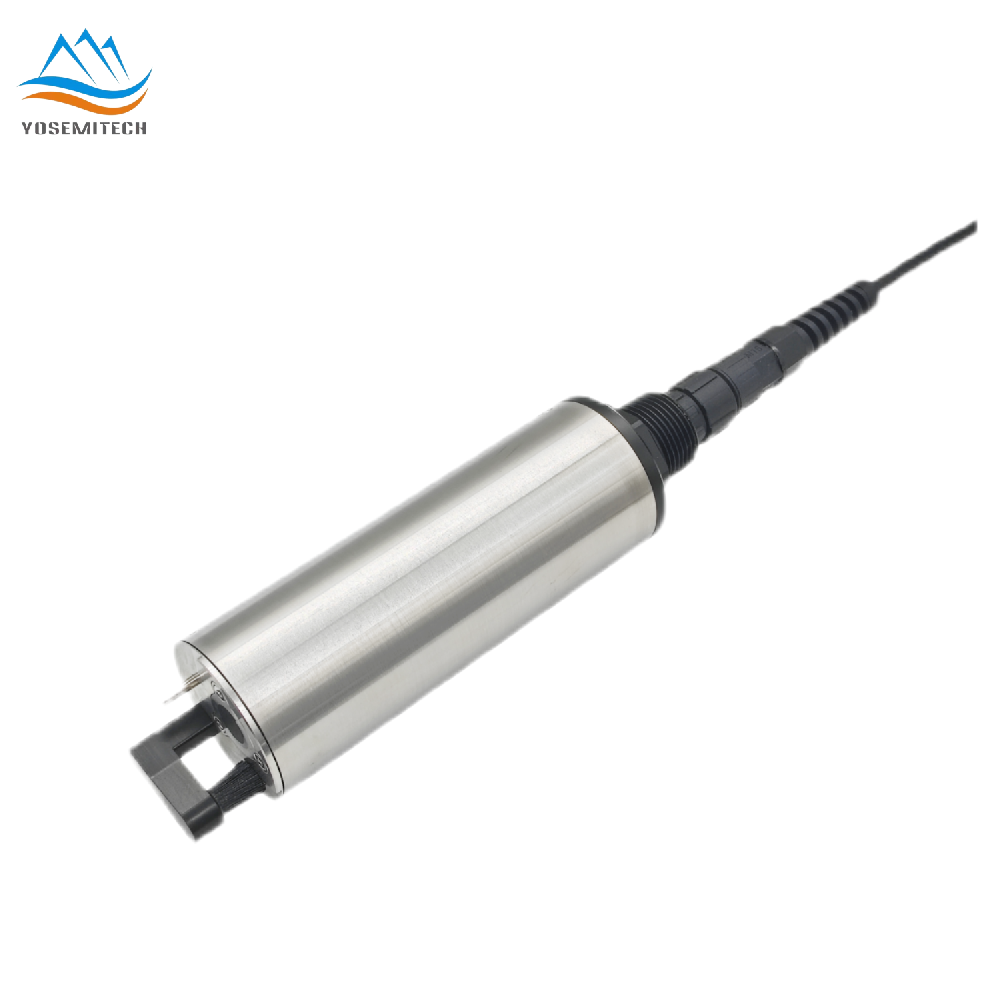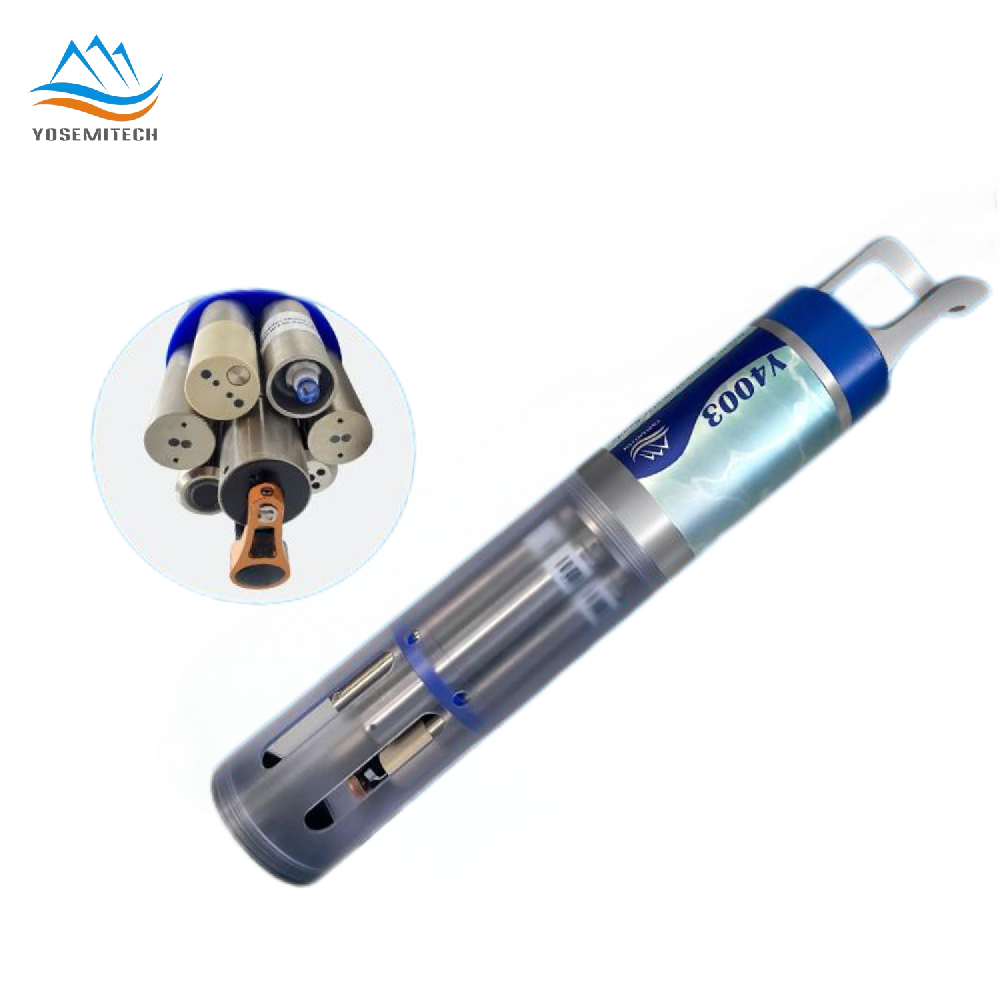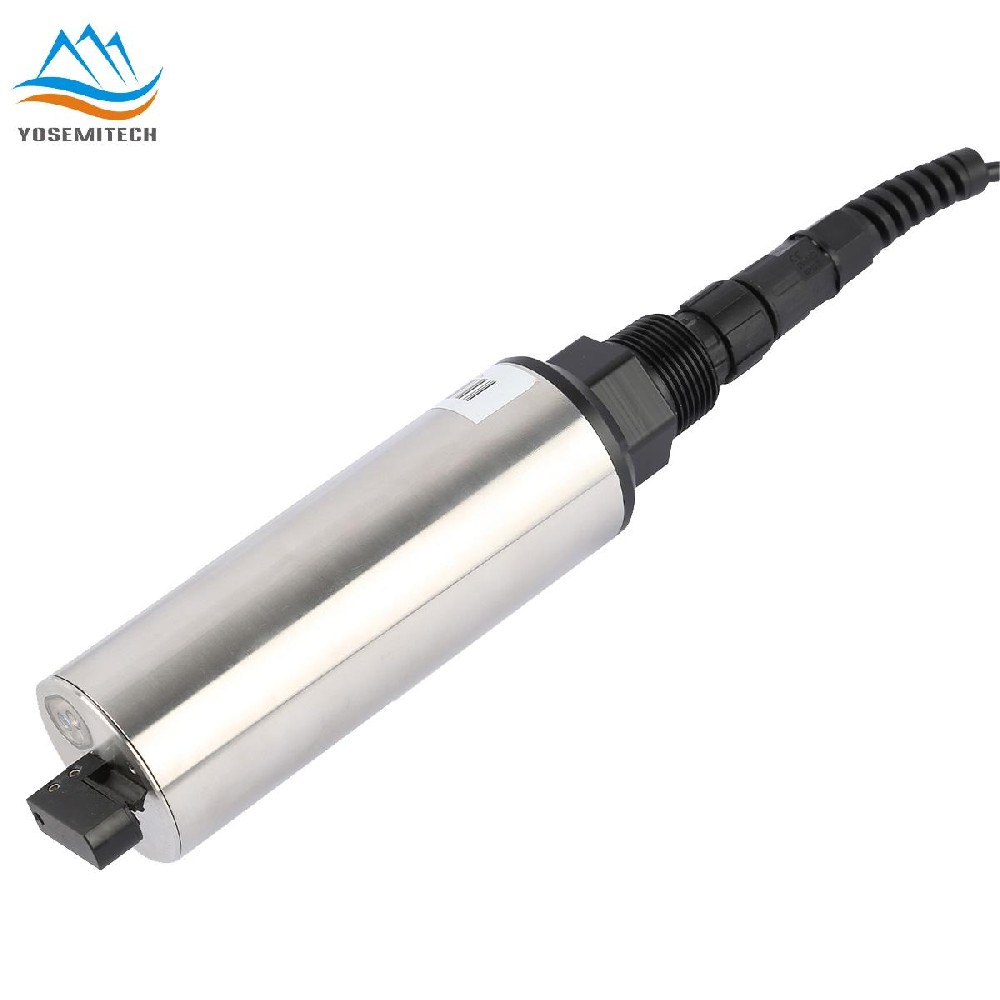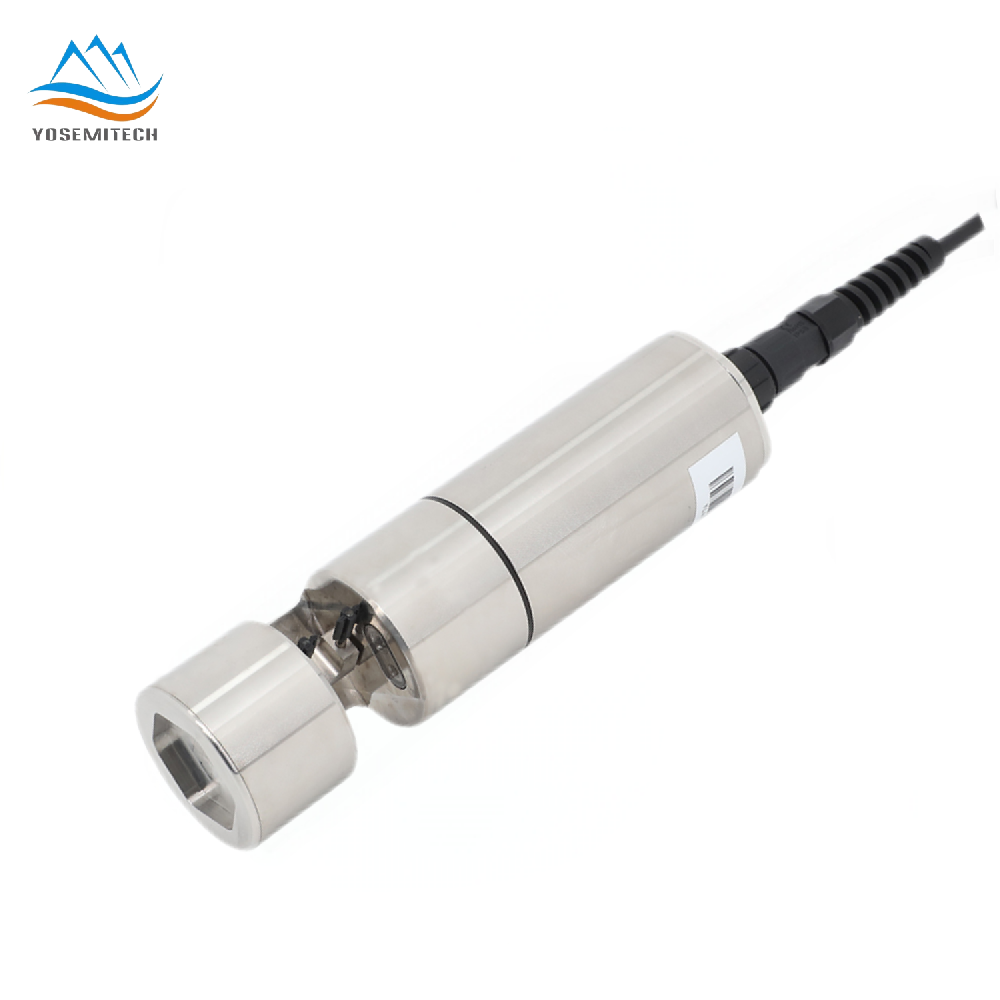Industry news
What is the DO(Dissolved Oxygen)?
Writer: admin Time:2024-05-24 14:40:27 Browse:942℃
Definition of dissolved oxygen
Dissolved oxygen is the molecular form of oxygen in air dissolved in water. The content of dissolved oxygen in water is closely related to the partial pressure of oxygen in the air and the temperature of water. Under natural circumstances, the oxygen content in the air does not change much, so the water temperature is the main factor, the lower the water temperature, the higher the dissolved oxygen content in the water. The amount of dissolved oxygen in water is an important index to measure the self-purification ability of water body.
Monitoring of dissolved oxygen
In general, the determination of dissolved oxygen is divided into two methods: iodometry and dissolved oxygen analyzer.
1. Iodometry
Manganese sulfate and basic potassium iodide were added to the water sample, and the dissolved oxygen in the water oxidized the low-priced manganese to the high-priced manganese, resulting in the brown precipitate of manganese hydroxide. After adding acid, hydroxide precipitates and dissolves, and reacts with iodine ions to release free iodine. The released iodine was titrated with sodium thiosulfate standard solution using starch as indicator, and the dissolved oxygen content was calculated according to the consumption of titration solution.
2. Dissolved Oxygen Analyzer
Typically, the dissolved oxygen meter consists of a dissolved oxygen sensor and a display meter. Currently, methods for measuring dissolved oxygen include polarography, galvanic cell, and fluorescence methods.
The polarographic sensor consists of a silver anode and a ring-shaped gold cathode at the bottom. A thin semipermeable membrane is spread over the sensor to isolate the electrode from the outside while allowing gas to enter. During operation, the bottom of the sensor is filled with an electrolyte containing a small amount of surfactant to improve the wetting effect. When a polarizing voltage is applied to the electrodes of a polarographic sensor, oxygen penetrates the membrane and reacts at the cathode, producing an electric current. The current flowing through the electrode is proportional to oxygen, and there is a linear relationship between current and oxygen concentration when the temperature remains constant.
When galvanic DO sensor is immersed in water sample, oxygen that diffuses across the oxygen-permeable membrane at a rate proportional to the pressure of oxygen in the water is reduced and consumed at the cathode. This reaction produces an electrical current that is directly related to the oxygen concentration. This current is carried by the ions in the electrolyte and runs from the cathode to the anode.
The optical dissolved oxygen sensor is based on the quenching principle of active fluorescence by specific substances in physics. The blue light emitted from a light-emitting diode (LED) illuminates the fluorescent material on the inner surface of the fluorescent cap. The fluorescent material on the inner surface is excited and emits red light. The phase difference between the red light and the blue light is detected and compared with the internal calibration value. Compare to calculate the concentration of oxygen molecules, and automatically compensate the temperature and pressure to output the final value.

CATEGORIES
CONTACT US
Yosemitech Technologies Co., Ltd
 +86 19984844080
+86 19984844080
 sales@yosemitech.com
sales@yosemitech.com
 Bldg,25,CECEP Industrial Park, No. 18 Dongchang Rd. Suzhou Industrial Park, Jiangsu Province,China 215126, China
Bldg,25,CECEP Industrial Park, No. 18 Dongchang Rd. Suzhou Industrial Park, Jiangsu Province,China 215126, China
